Like in the Shenzhou-9 mission, the crew might include two men astronauts and a woman, who are scheduled to enter the Tiangong-1 space lab module, Niu Hongguang, deputy commander-in-chief of China's manned space program, said on the sidelines of the 18th National Congress of the Communist Party of China.
Nov 12th, 2012
Read more
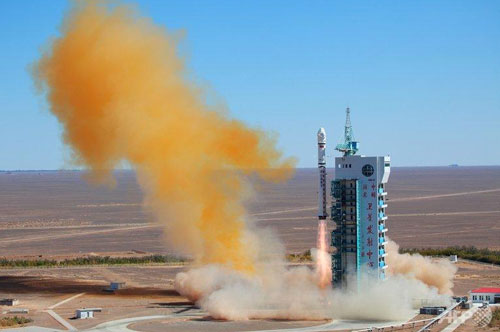 China is aiming to launch its next manned space mission as early as June 2013, state media reported Saturday, as the country steps up its ambitious exploration programme.
China is aiming to launch its next manned space mission as early as June 2013, state media reported Saturday, as the country steps up its ambitious exploration programme.
Nov 10th, 2012
Read more
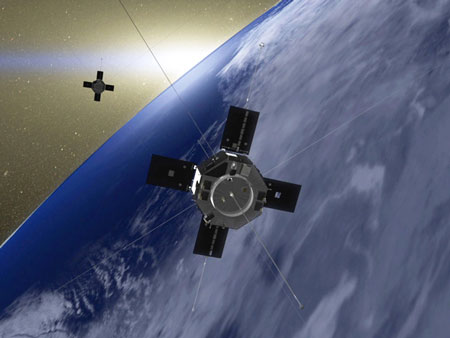 In 1958, the first US rocket - known as Explorer 1 and led by James Van Allen at the University of Iowa - was launched. By providing observations of a giant swath of magnetized radiation trapped around Earth, now known as the Van Allen Belts, Explorer 1 confirmed that Earth's magnetic environment, the magnetosphere, was not a simple place.
In 1958, the first US rocket - known as Explorer 1 and led by James Van Allen at the University of Iowa - was launched. By providing observations of a giant swath of magnetized radiation trapped around Earth, now known as the Van Allen Belts, Explorer 1 confirmed that Earth's magnetic environment, the magnetosphere, was not a simple place.
Nov 9th, 2012
Read more
DARPA has created SpaceView, a space debris tracking project that provides amateur astronomers with the means to make a difference. Amateur astronomers will have their first opportunity to sign up in person for the program at the Arizona Science and Astronomy Expo in Tucson, November 10-11, 2012.
Nov 9th, 2012
Read more
Every six seconds, for millions of years, comets have been colliding with one another near a star in the constellation Cetus called 49 CETI, which is visible to the naked eye.
Nov 9th, 2012
Read more
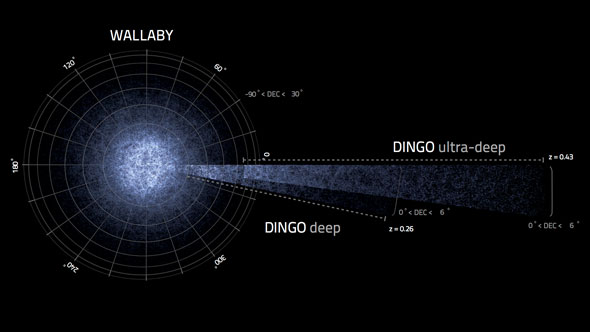 Australia?s newest radio telescope is predicted to find an unprecedented 700,000 new galaxies, say scientists planning for CSIRO?s next-generation Australian Square Kilometre Array Pathfinder (ASKAP).
Australia?s newest radio telescope is predicted to find an unprecedented 700,000 new galaxies, say scientists planning for CSIRO?s next-generation Australian Square Kilometre Array Pathfinder (ASKAP).
Nov 9th, 2012
Read more
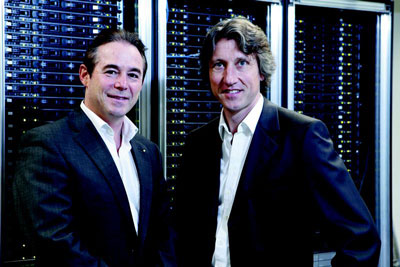 Ceremonial dedication of the PRISMA Cluster of Excellence / EUR 35 million to promote top-level research in particle and hadron physics.
Ceremonial dedication of the PRISMA Cluster of Excellence / EUR 35 million to promote top-level research in particle and hadron physics.
Nov 9th, 2012
Read more
Space is becoming increasingly polluted by man-made debris. New EU guidelines and standards will help mitigate the problem and make the space industry cleaner.
Nov 9th, 2012
Read more
Miniature satellites weighing under 100 kilograms (kg) are a less expensive and easier-to-launch alternative to large spacecraft. EU-funded scientists are developing a "thruster-on-a-chip" to provide the necessary boost.
Nov 9th, 2012
Read more
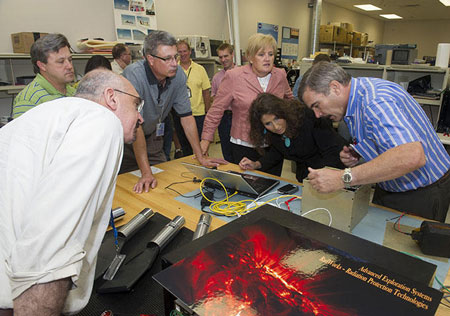 The complexities of traveling to and working in space present challenges to astronauts that NASA scientists and engineers have been working on since Neil Armstrong and Buzz Aldrin first stepped on the moon more than 43 years ago.
The complexities of traveling to and working in space present challenges to astronauts that NASA scientists and engineers have been working on since Neil Armstrong and Buzz Aldrin first stepped on the moon more than 43 years ago.
Nov 8th, 2012
Read more
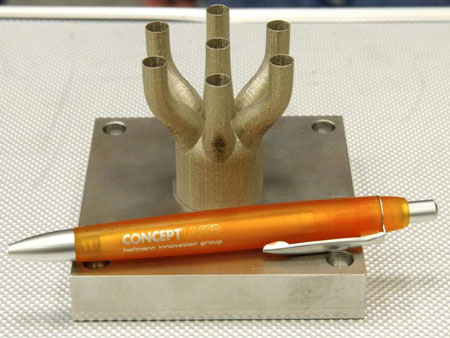 NASA's Marshall Space Flight Center in Huntsville, Ala. is using a method called selective laser melting, or SLM, to create intricate metal parts for America's next heavy-lift rocket. Using this state-of-the-art technique will benefit the agency by saving millions in manufacturing costs.
NASA's Marshall Space Flight Center in Huntsville, Ala. is using a method called selective laser melting, or SLM, to create intricate metal parts for America's next heavy-lift rocket. Using this state-of-the-art technique will benefit the agency by saving millions in manufacturing costs.
Nov 8th, 2012
Read more
Astronomers have discovered a new super-Earth in the habitable zone, where liquid water and a stable atmosphere could reside, around the nearby star HD 40307. It is one of three new super-Earths found around the star that has three other low-mass planets orbiting it.
Nov 8th, 2012
Read more
European astronomers have discovered a new source of cosmic rays emanating from the vicinity of the Arches cluster, near the centre of the Milky Way. According to the researchers, these particles are accelerated in the shock wave generated by tens of thousands of young stars moving at a speed of around 700 000 km/h.
Nov 8th, 2012
Read more
The NASA Innovative Advanced Concepts (NIAC) Program's 2012 Fall Symposium will be held Nov. 14-15, 2012 at the Crowne Plaza Hotel in Hampton, Va. NIAC examines early stage concepts that may lead to advanced and innovative space technologies critical for NASA to enable missions in the next 10 to 100 years.
Nov 7th, 2012
Read more
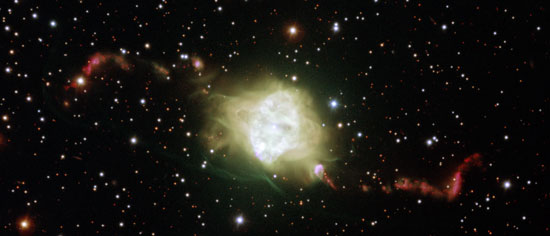 University of T�bingen astronomer Dr. Thomas Rauch has helped an international team of astronomers with their discovery of a pair of stars circling inside one of the strangest known planetary nebulae. The researchers used his new model to confirm a long-debated theory on the spectacular and symmetrical appearance of matter hurled into space by binary stars.
University of T�bingen astronomer Dr. Thomas Rauch has helped an international team of astronomers with their discovery of a pair of stars circling inside one of the strangest known planetary nebulae. The researchers used his new model to confirm a long-debated theory on the spectacular and symmetrical appearance of matter hurled into space by binary stars.
Nov 7th, 2012
Read more
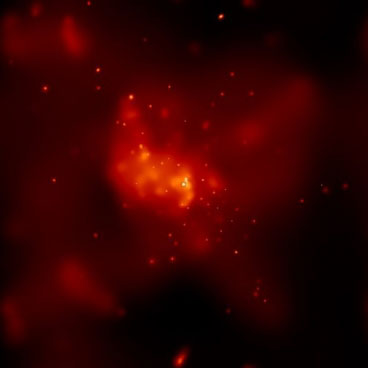 Researchers detect the brightest flare ever observed in our galaxy?s black hole.
Researchers detect the brightest flare ever observed in our galaxy?s black hole.
Nov 6th, 2012
Read more
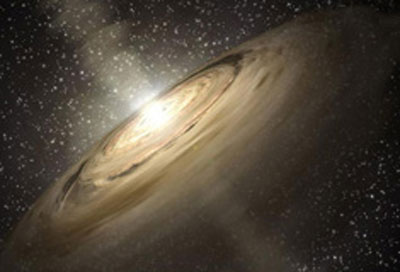 Some 4.567 billion years ago, our solar system?s planets spawned from an expansive disc of gas and dust rotating around the sun. While similar processes are witnessed in younger solar systems throughout the Milky Way, the formative stages of our own solar system were believed to have taken twice as long to occur. Now, new research lead by the Centre for Star and Planet Formation at the Natural History Museum of Denmark, University of Copenhagen, suggests otherwise. Indeed, our solar system is not quite as special as once believed.
Some 4.567 billion years ago, our solar system?s planets spawned from an expansive disc of gas and dust rotating around the sun. While similar processes are witnessed in younger solar systems throughout the Milky Way, the formative stages of our own solar system were believed to have taken twice as long to occur. Now, new research lead by the Centre for Star and Planet Formation at the Natural History Museum of Denmark, University of Copenhagen, suggests otherwise. Indeed, our solar system is not quite as special as once believed.
Nov 2nd, 2012
Read more
NASA's car-sized rover, Curiosity, has taken significant steps toward understanding how Mars may have lost much of its original atmosphere. Learning what happened to the Martian atmosphere will help scientists assess whether the planet ever was habitable. The present atmosphere of Mars is 100 times thinner than Earth's.
Nov 2nd, 2012
Read more

 Subscribe to our Space Exploration News feed
Subscribe to our Space Exploration News feed







